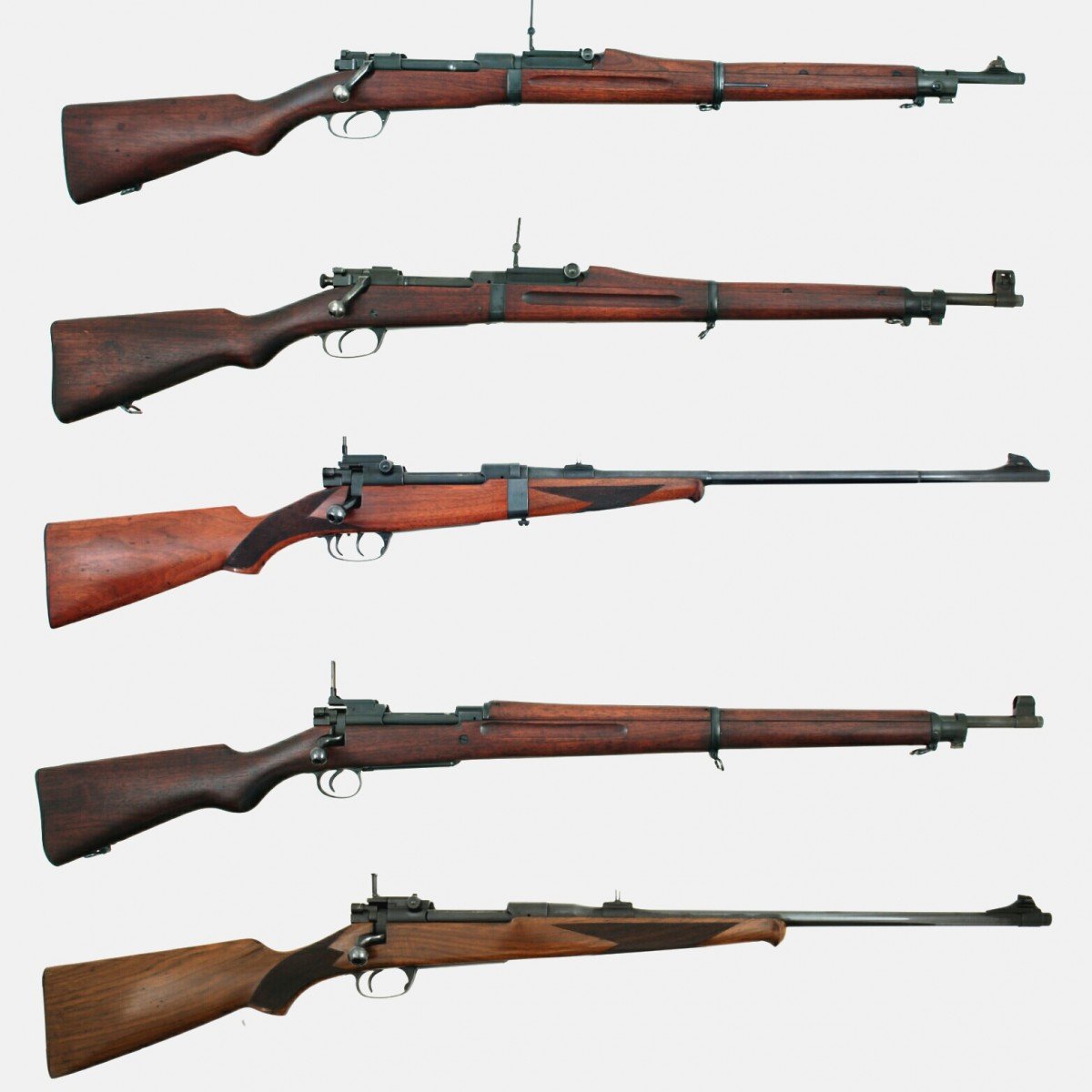Just for give my contribute, some ww1 BA like the kar98A,the repetier gewer or the label can be gived during the twitch drop (and make them alive again)
1 armies used bolt actions because they had to arm millions of people
2 the only way to make them more effective is to nerf semi-autos and full autos
a reduce damage b reduce accuracy c reduce range d force full autos to take two rounds for a down three for a kill
Bolt actions are effective within their role, high damage+range but countered by low Ammo
I’ve never had a problem facing SA or automatic weapons. They are part of the WW2 family just as much as bolt actions
It’s like yesterday sometimes I took out a PPSH with my bolt, and sometimes he got me.
I don’t see any issues
I’m impressed that you can locate where an ATR is shooting from if you aren’t looking straight at it.
Perhaps you are one of those “people” everyone keeps talking about??![]()
Im already on board

https://www.instmiltech.com/wp-content/uploads/2020/01/Spring1-1200x472.jpg
T.C. Johnson’s Bolt Action Experiments
March 3, 2017 by Danny Michael
One of the most widely produced rifles in America during World War One was the P14 Enfield and the M1917. Designers based these guns on the same prewar British design and they differed in caliber, .303 and 30’06 respectively. But they, along with the 1903 Springfield became the basis for a series of experimental rifles at the Winchester factory. Thomas C. Johnson worked at the center of the project beginning in the summer of 1914. By the end of the war, Johnson built a full range of experimental rifles that led to his post-war designs.
Model A that was likely built in the summer of 1914. CFM Collection 1988.8.117
During the war, Winchester still had an eye to commercial designs, and Johnson’s rifles were a mix of military and commercial elements. These prototypes eventually blended features from the 1903 and M1917, but the first of the series, the Model A, bears striking resemblance to the 1903 Springfield. Johnson built a single Model A as a takedown rifle which retained military features like a full stock, handguard and military sights.
Model B. The early examples all kept the takedown feature even for the military stock guns, something very uncommon for service rifles of the period. CFM Collection 1988.8.111
The Model B also resembles a 1903 and this time Johnson made two. He built the two with takedown stocks and made one in a military configuration and the other with a sporting stock. Two Model Cs were also with takedown stocks, one military, and one sporting. At a glance, the Model C appears more like an M1917 than a 1903, but it isn’t quite a copy of either gun. All of the rifles through the Model C were chambered in 30’06.
Model C. This example appears more like a sporting M1917 but is really a blend of features from several guns. CFM Collection 1988.8.112
The Model D returned to its military roots. All outwardly resemble a P14/M1917 action, with some changes, in a military configuration, and none had a takedown stock. Winchester also built more of these than any of the other Models. At least 13 still exist as part of our collection. These rifles deviate in caliber and exist in 6.5mm Portuguese, 7mm Mauser, 7.62x54r, and 30’06. We do not know if they ever left the factory, but their caliber and configuration show their intended market.
Model D. Winchester was likely trying to get further military contracts with these. These also altered 1895 lever actions muskets to a similar range of calibers. CFM Collection 1988.8.106
After the Model D, came the Model E. Johnson made at least two of these rifles. The Model E became the short-lived Winchester Model 51, with approximately 20-25 built before production was canceled. We have two Model E’s in our collection, one takedown and one standard chambered for 30’06 and .35 Newton.
The Model E is the closest to Johnson’s postwar Model 54. CFM Collection 1988.8.2536
Johnson’s work continued into the early 1920s. Johnson had a hand in many of Winchester designs from that period including their early semi-auto rifles. And while Winchester never put these prototypes intro production, the company went on to produce the Johnson designed Model 54. Winchester wasn’t the only company to work on a close copy of military bolt actions for the civilian market. Remington adapted their Model 30 from the M1917. But perhaps the true lineage of all these rifles is the Mauser action which had heavily influenced the P14 and been copied for the 1903.
Filed Under: Cody Firearms MuseumTagged With: bolt action, Cody Firearms Museum, firearms, prototype, T.C. Johnson, Winchester, WWI
its in the game tho
Poor map design and predictability and if you’re up against a veteran they have a good idea where that shot came from.
That’s in the game files, surprisingly, though nobody uses it, it’s just there.





